Cauliflower Absolute F1
starting at $7.78
Get Free Shipping in May with discount code SUNNY!

starting at $7.78

starting at $7.78
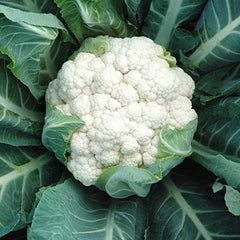
starting at $41.33
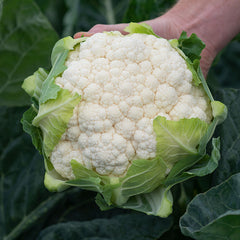
starting at $5.22

starting at $9.60

starting at $9.47

starting at $13.05

starting at $6.50
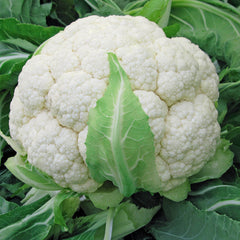
starting at $5.22
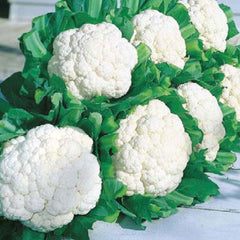
starting at $5.10

starting at $6.89
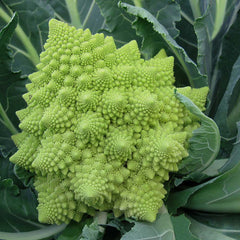
starting at $8.41

starting at $7.78

starting at $7.78

starting at $41.33

starting at $5.22

starting at $9.60

starting at $9.47

starting at $13.05

starting at $6.50
starting at $10.18
starting at $5.13
starting at $5.71

starting at $5.22

starting at $5.10

starting at $6.89

starting at $8.41